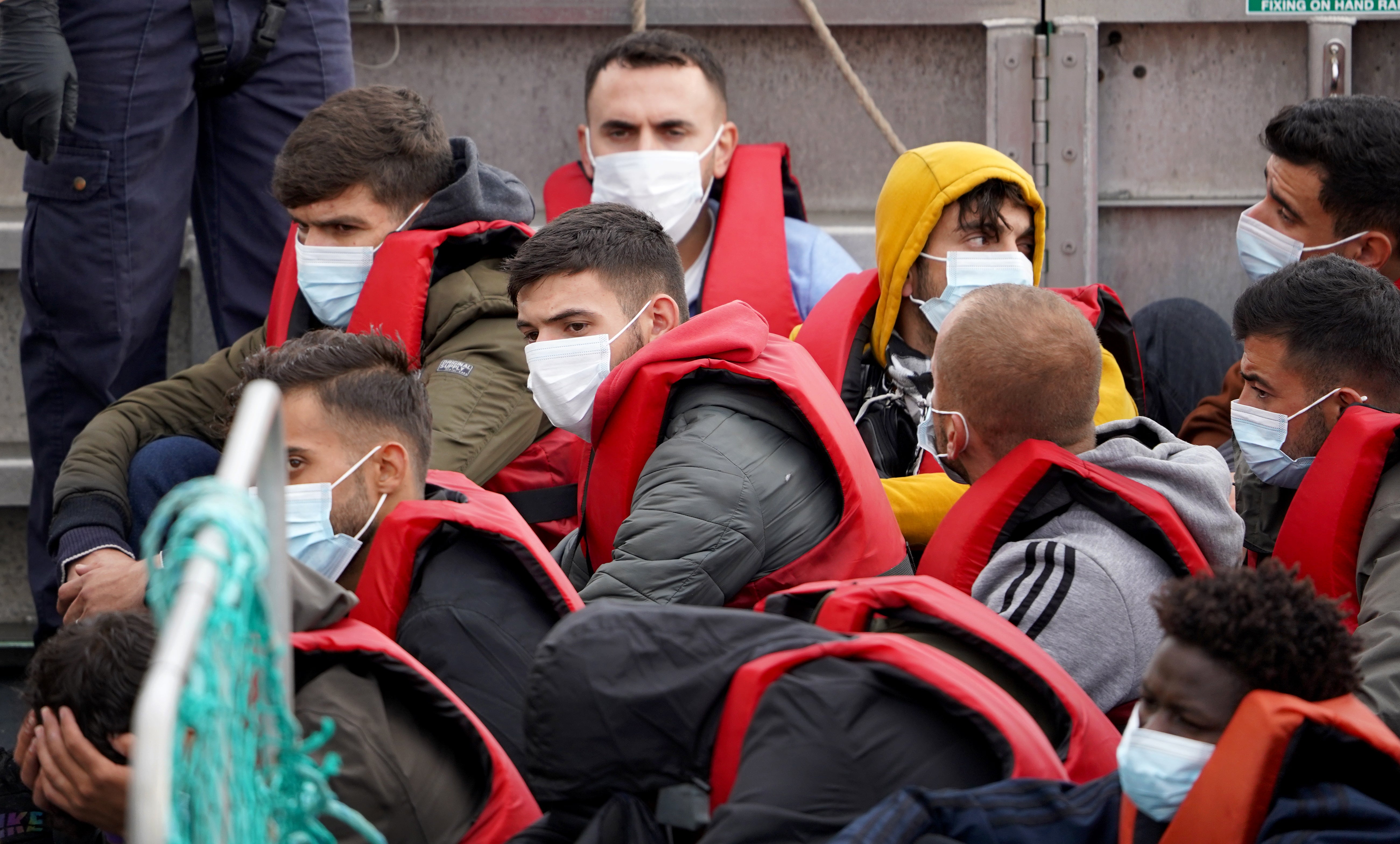People crossing the English Channel in small boats: Key numbers
The average number of people per boat is now above 40.

Your support helps us to tell the story
From reproductive rights to climate change to Big Tech, The Independent is on the ground when the story is developing. Whether it's investigating the financials of Elon Musk's pro-Trump PAC or producing our latest documentary, 'The A Word', which shines a light on the American women fighting for reproductive rights, we know how important it is to parse out the facts from the messaging.
At such a critical moment in US history, we need reporters on the ground. Your donation allows us to keep sending journalists to speak to both sides of the story.
The Independent is trusted by Americans across the entire political spectrum. And unlike many other quality news outlets, we choose not to lock Americans out of our reporting and analysis with paywalls. We believe quality journalism should be available to everyone, paid for by those who can afford it.
Your support makes all the difference.As the number of people detected crossing the English Channel in small boats in 2022 passes last year’s total, here are some of the key statistics about the arrivals:
– How many people have made the crossing?
The number has increased steadily each year since 299 people were detected making the journey in 2018.
There were 1,843 crossings detected in 2019, 8,466 in 2020 and 28,526 in 2021, according to the Home Office
The current cumulative total for 2022, 28,561, is nearly double the number at this point last year (14,474).
This year has seen both a record daily number of crossings (1,295 on August 22) and a record for monthly crossings (a provisional figure of 8,644 for August).
Of the 28,561 people who have been provisionally detected so far this year, 23,293 have crossed since the Government announced on April 14 that it had agreed a deal to deport some asylum seekers to Rwanda.
The first deportation flight – due to take off on June 14 – was grounded amid a series of legal challenges.
– Who are the arrivals?
In 2021 more than half of the people detected crossing the Channel were of Iranian or Iraqi nationality (30% and 22% of the total respectively).
A further 10% were Eritrean, 9% were Syrian and 5% were from Afghanistan.
This year has seen a change in the breakdown of nationalities.
Across the first six months of 2022, Afghans and Albanians each accounted for 18% of arrivals – the highest proportion of any nationality.
Iranians accounted for 15%, Iraqis 13% and Syrians 9%.
These figures are based on the total number of arrivals for whom nationality has been recorded by the Home Office.
Former home secretary Priti Patel said in the House of Commons on September 5 that Albanian nationals accounted for around 60% of the people arriving in the UK via small boats over the summer.
– How many are making the crossing per boat?
The average has risen steadily since the start of 2021.
In 2018 there were fewer than 10 people per boat, while in 2019 and 2020 the figure tended to fluctuate between single figures and the high teens.
From 2021 the average started to increase, reaching 20 in March and 30 in August.
It reached 40 people per boat in June 2022 and hit 46 in August.
– How many apply for asylum?
Of the 50,297 people who arrived between January 2018 and June 2022, 94% (47,306) applied for asylum, 91% as main applicants (43,066), the Home Office said.
As of June this year, just 16% of the main applicants had received an initial decision on their application, 2% had withdrawn their application, and the remainder were still waiting.
Among those who had received an initial decision since 2018 (6,910), nearly half (49%) were granted asylum or another type of leave.
Some 43% of applications were not considered on “third country grounds” – meaning the UK government instead sought the person’s removal to a safe third country because the applicant had a connection to that country where they could “reasonably have been expected to claim asylum” before reaching the UK.
The remaining 8% were refused asylum for other reasons, such as their claim being “clearly unfounded” or the claimant not meeting the requirements for refugee status.